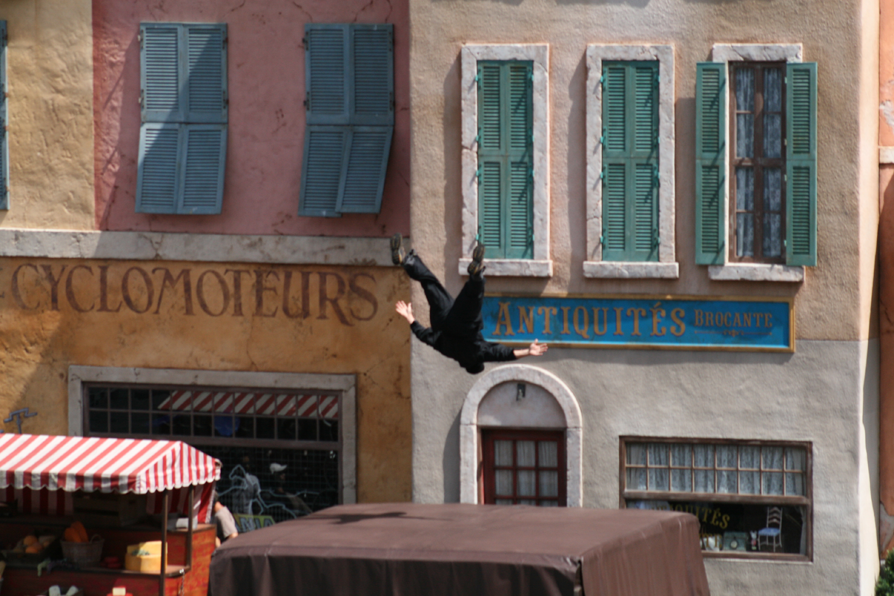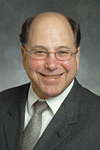
Sobering facts about falls in the elderly:
- The leading cause of injury that leads to death in people over age 65 is falling.
- That means 27,000 older adults in the US will not survive a fall in a year.
- Nearly 1 in 3 older adults will fall in a given year.
- That adds up to 29,000,000 (yes, that says 29 million) falls in a single year, resulting in 7 million injuries.
Ouch. So we, like our egg-shaped friend on the wall, need to be careful!
On the radio program last week, my colleague, HCMC Geriatrician Dr. Larry Kerzner joined me in the WCCO studios for a conversation about falls. If you missed that show, check out the podcast (without commercial breaks!) and listen on your computer or mobile device. Click the logo here to get to the podcast:
(Healthy Matters show #439, June 4, 2017)
For now, let’s move beyond the grim statistics and learn a bit . . .
You may know someone like this
Maria is a healthy 82-year-old woman, drives herself about town, lives independently since her husband died five years ago, takes just a single blood pressure medication. She socializes and gets out and is happy.
Then she trips on the curb outside the grocery store and her life changes. She breaks her hip in the fall, needs a surgery, stays in the hospital nearly a week, after which time she is tired and has lost weight. She needs a few more weeks in a nursing rehab facility and has to take blood thinners to prevent blood clots, which gives her bruises all over her belly and arms. She gets pneumonia and needs antibiotics. Three months later she is walking much better but aches in her hip prevent her from driving. She is back at home but needs someone to come in and help with the house work.
Six months later she is just about back to her old self, though still tired and not quite so nimble on her feet. It has been a rough year for Maria.
Although I made up the story of Maria, I have met countless numbers of people with a similar story. Some end like Maria’s with a relatively good outcome, others have many more complications and they never get back to their old selves.
STEADI Freddy

Dr. Larry Kerzner
On the radio program, Dr. Kerzner mentioned a website with a wealth of information about falls. I want to direct you to that site here. It is called STEADI and it comes from the Centers for Disease Control (the CDC). The site is loaded with audio podcasts, reading materials, links to helpful sites, and stories. If you are concerned about falling, either for yourself or someone in your life, you can’t do much better than this site.
Risk factors for falls
So why do people fall? After all, most of us don’t have a job like this guy:

Photo by Jan Fredrik Breivik
And in fact, most falls are just from normal heights and during ordinary activities, like walking.
So here are a few of the risk factors for falling:
- Having had a previous fall is the top risk factor for falling again. So if it happened once before, it is more likely to happen again.
- Gait or balance problems can lead to falls. Makes sense.
- Multiple medications can have lots of side effects, including interacting with other medications, drops in blood pressure, dizziness.
- Visual problems.
- Darkness. Like when stumbling to the bathroom in the middle of the night! Use a nightlight.
- Poor foot wear.
- Medical conditions: neuropathy (like the caller to the Healthy Matters show had), diabetes, heart failure, COPD, and on and on . . .
- Dementia can lead to all sorts of complications, including falls.
And this is only a partial list. The point is, it is important to do a risk assessment to see what you may be able to do to stay safer. Again, check out the CDC website for lots more useful help on assessing your own risk.
Dr. Kerzner talked about some other helpful resources on the show. To hear it straight from him, listen to the podcast here. I recommend downloading it (by clicking the “Download” arrow rather than the “Play” arrow) to your computer/phone and listening to it commercial-free while kicking your feet back. But not too far back – don’t want to fall, you know!
I encourage you to use the podcast to learn more about some of the other topics Dr. Kerzner and I covered on the show. I have included the time stamp (e.g. 32:20) so you can fast forward to that point in the podcast to listen to just the topics that interest you.
- Falls are a public health epidemic. (8:06)
- The effect of medications on falls. (14:32)
- Dr. Kerzner’s advice to a youthful 83-year-old to “Start low and go slow” on medications. (26:55)
- Staying independent in your own home. (29:52)
- The benefits of walk-in tubs and safety equipment in the bathroom? (32:10)
- How strenuous should exercise be for older adults? The concept of frailty. (33:05)
- Reining in an active 78-year-old mom? Hint: don’t rein her in! (34:45)
- What goes on at a clinic especially for people who fall? (36:02)

Wanna see Dr. Kerzner in clinic, Minnesota? I can’t recommend him highly enough. Make an appointment at 612-873-6963 or go to HCMC.ORG. Or click his picture here:
Thanks for stopping by!
Like what you see? Subscribe by e-mail below and follow me on Twitter @DrDavidHilden
David


